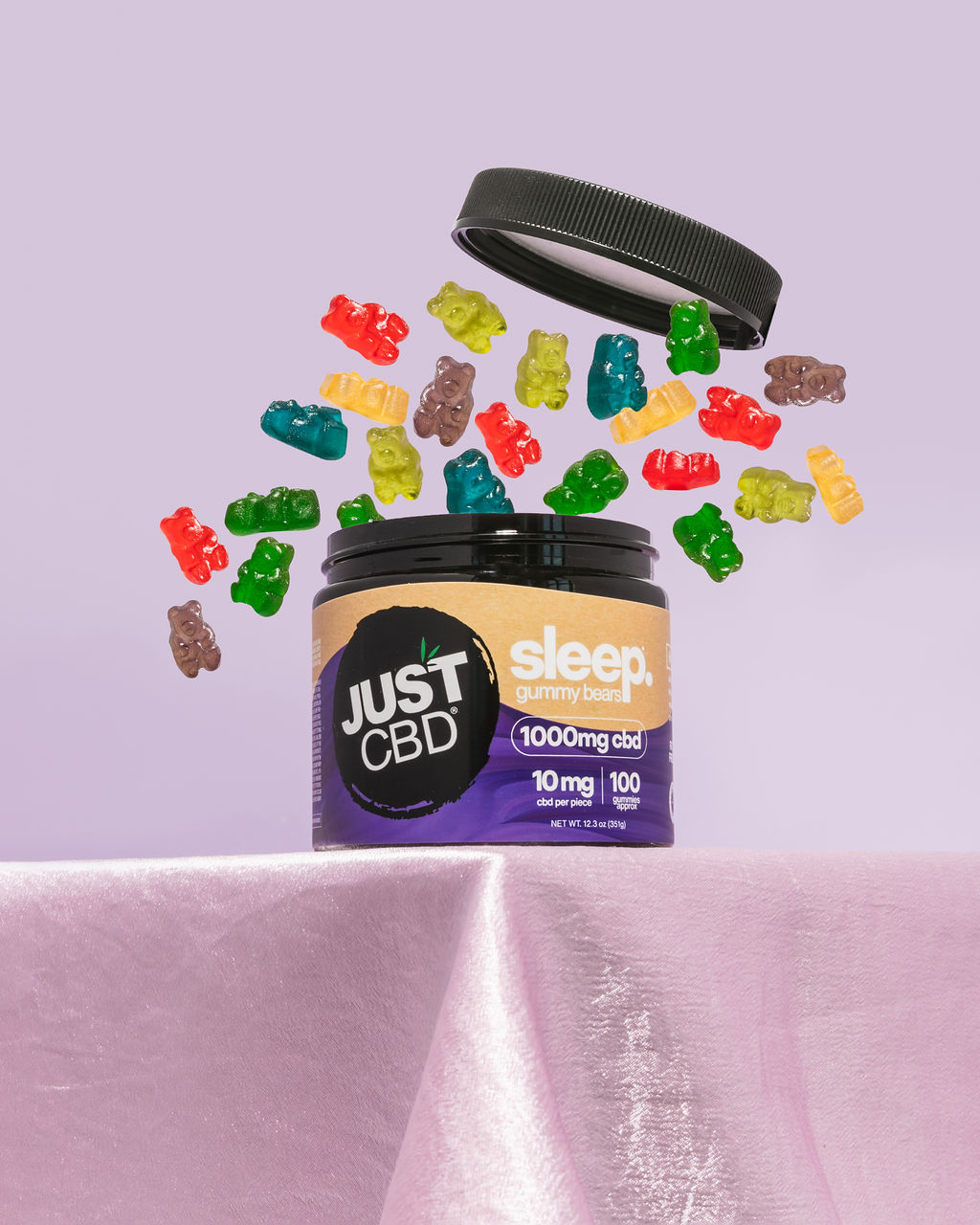Potential Benefits of Kratom Gummies for Pain Relief
For those seeking alternative pain management options, kratom gummies have emerged as a popular choice. Kratom, a tropical plant with purported analgesic properties, can now be conveniently consumed in gummy form, offering a potentially palatable and discreet way to address discomfort. Advocates of kratom gummies highlight their ability to deliver long-lasting relief from various types of pain, making them an attractive alternative to traditional pharmaceutical medications.
Mechanism of Action
Kratom gummies have gained popularity as a potential alternative for pain relief, but their long-lasting effects remain a subject of debate. Kratom contains alkaloids, notably mitragynine and 7-hydroxymitragynine, which are believed to interact with opioid receptors in the brain. These interactions may lead to analgesic (pain-relieving) effects.
The mechanism of action for kratom’s pain relief is complex and not fully understood. Here’s what we know:
- Opioid Receptor Agonism: Kratom alkaloids bind to opioid receptors, similar to morphine. This activation can reduce the perception of pain signals.
- NMDA Receptor Modulation: Kratom may also influence the NMDA receptor, involved in pain transmission and central sensitization (where the nervous system becomes more sensitive to pain).
- Dopamine and Serotonin Release: Some studies suggest kratom can affect dopamine and serotonin levels in the brain. These neurotransmitters play a role in mood regulation and pain perception.
While these mechanisms offer potential for pain relief, individual experiences with kratom gummies vary widely. Factors like dosage, individual metabolism, and underlying health conditions can influence both the intensity and duration of its effects. Further research is needed to fully understand the long-term implications and efficacy of kratom for pain management.
Types of Pain Soothed
Kratom gummies are a popular alternative pain relief method, offering potential benefits for individuals seeking long-lasting pain management. The effects of kratom on pain perception are attributed to its active compounds, mitragynine and 7-hydroxymitragynine, which interact with opioid receptors in the brain. These interactions may contribute to analgesic (pain-relieving) effects.
Kratom gummies have shown potential in alleviating various types of pain, including chronic pain conditions like arthritis, back pain, and fibromyalgia. Some users also report relief from neuropathic pain, which arises from nerve damage.
Dosage and Administration
Determining the effectiveness of kratom gummies for pain relief hinges on understanding dosage and administration. The optimal amount and frequency of consumption can vary significantly based on factors such as individual body weight, metabolism, tolerance level, and the severity of the pain being managed.
Let me know if you need help with any other parts of your article!
Recommended Dosage Ranges
Kratom gummies are an increasingly popular way to consume kratom, offering a convenient and discreet alternative to traditional powders or capsules. Proponents claim that they provide long-lasting pain relief due to their slow release formulation.
Recommended dosage ranges for kratom gummies vary depending on the individual’s weight, tolerance, and desired effects.
- Beginners may start with a low dose of 50-100mg.
- Experienced users may consume up to 200-300mg per serving.
It’s crucial to consult with a healthcare professional before starting any new supplement, including kratom gummies. They can help determine the appropriate dosage and advise on potential interactions with other medications. Remember to start low and go slow, gradually increasing the dosage as needed until you find the optimal effect.
Frequency of Consumption
Dosage and administration of kratom gummies can vary depending on individual needs and the desired effects. It’s essential to start with a low dose and gradually increase it as needed. Typical starting doses range from 5 to 10 mg of kratom alkaloids per gummy, with subsequent doses adjusted based on the user’s experience. Frequency of consumption also depends on individual factors, but some users may find relief with a single dose per day, while others might require multiple doses throughout the day.
Duration of Effects
Understanding the duration of kratom’s effects is crucial when considering it as a pain management option. Kratom’s impact on pain perception is multifaceted, involving interactions with various neurotransmitter systems in the brain.
Let me know if you need help writing more!
Factors Influencing Duration

The duration of kratom’s effects can vary considerably depending on several factors. Dosage is a primary determinant; higher doses generally lead to longer-lasting effects.
Individual metabolism plays a significant role. Those who metabolize kratom quickly may experience shorter durations of pain relief compared to individuals with slower metabolisms.
The method of consumption also influences duration. Ingesting kratom gummies, for instance, tends to result in a more gradual onset and longer-lasting effects compared to smoking or chewing kratom.
Tolerance, which can develop with repeated use, can also affect the duration of pain relief. Individuals who regularly consume kratom may require higher doses to achieve the same level of pain reduction over time.
Scientific Evidence and Research

Scientific evidence regarding kratom gummies and their effectiveness for long-lasting pain relief is still emerging. While anecdotal reports suggest potential benefits, rigorous clinical trials are needed to confirm these claims and establish safe and effective dosage guidelines.
Existing Studies on Kratom for Pain Relief
While anecdotal evidence suggests that kratom gummies can provide long-lasting pain relief, scientific research is still limited. Some studies have shown that kratom alkaloids may be effective in reducing pain, but more rigorous clinical trials are needed to confirm these findings and establish dosage guidelines for safe and effective use.
Existing studies on kratom for pain relief primarily focus on its effects on various types of chronic pain, including neuropathic pain, arthritis pain, and fibromyalgia. These studies often involve small sample sizes and may have limitations in terms of methodological rigor.
Further research is necessary to fully understand the long-term effects and potential risks associated with kratom consumption. The FDA has issued warnings regarding the safety and potential for addiction associated with kratom, highlighting the need for continued investigation and regulation.
Limitations of Current Research
Despite growing anecdotal evidence and initial research suggesting potential pain-relieving effects, there are limitations to current research on kratom gummies. Most studies have been small, short-term, and often rely on self-reported data, making it difficult to establish conclusive findings. Long-term studies are needed to understand the full range of effects, including potential for dependency or adverse reactions.
Another limitation is the lack of standardized dosing guidelines and product quality control. The concentration of active alkaloids in kratom gummies can vary significantly between brands and batches, making it challenging to ensure consistent and predictable results. Furthermore, the long-term effects of consuming kratom regularly, particularly in gummy form, are not well understood.

Safety and Side Effects
While kratom gummies offer potential benefits for pain relief, it’s important to be aware of potential safety concerns and side effects. Kratom can interact with certain medications, including those for anxiety, depression, and opioid use disorder. It’s crucial to consult a healthcare professional before using kratom gummies, especially if you have pre-existing medical conditions or are taking any other medications.
Potential Risks of Kratom Gummies
While kratom gummies are touted for their potential long-lasting pain relief, it’s crucial to understand that safety and side effects are significant considerations. Kratom contains potent alkaloids that can interact with opioid receptors in the brain, leading to both analgesic (pain-relieving) and potentially adverse effects.
Some common side effects of kratom include nausea, constipation, dizziness, dry mouth, and itching. In higher doses or with prolonged use, more serious side effects may occur, such as seizures, liver damage, respiratory depression, and addiction.
Kratom’s interaction with opioid receptors raises concerns about potential risks, particularly for individuals with pre-existing opioid use disorders. Mixing kratom with other drugs, including prescription opioids, can be extremely dangerous and potentially fatal.
Due to the lack of standardized regulations and quality control in the production of kratom products, there’s a risk of contamination or adulteration, further adding to potential safety concerns.
Before considering kratom gummies for pain relief, it is essential to consult with a healthcare professional to assess individual risks and benefits. They can provide personalized guidance based on medical history, current medications, and potential drug interactions.
Interactions with Medications
While kratom gummies show promise as a pain management option, it’s important to be aware of potential safety concerns and side effects. Kratom can interact with certain medications, including opioid analgesics, antidepressants, and benzodiazepines. It’s crucial to consult with a healthcare professional before using kratom gummies if you are taking any prescription or over-the-counter medications.
Potential side effects of kratom use include nausea, vomiting, diarrhea, dizziness, drowsiness, dry mouth, itching, and increased heart rate. In some cases, kratom can cause more serious adverse effects, such as seizures, respiratory depression, and addiction. It’s essential to start with a low dose and gradually increase it as needed, monitoring for any adverse reactions.
Kratom is not approved by the Food and Drug Administration (FDA) for medical use, and its long-term safety and efficacy remain unclear. Pregnant or breastfeeding women, individuals with liver or kidney disease, and those with a history of substance abuse should avoid kratom use.
Legal Status and Availability
Kratom gummies have gained popularity as a potential alternative for pain relief, but their legal status varies greatly depending on location. In some countries, kratom is completely banned, while in others it is legal but subject to regulations. It’s crucial to research the specific laws and regulations regarding kratom in your region before purchasing or consuming it.
Regulations Surrounding Kratom Use
The legal status and availability of kratom vary widely depending on the country and state. In some places, it is entirely legal and readily available, while in others, it is strictly prohibited or tightly regulated.
In the United States, kratom’s legal standing is complex and fragmented. While not currently federally scheduled as a controlled substance, several states have enacted their own laws restricting or banning its sale and possession.
Internationally, kratom’s legal status is equally diverse. Some countries, like Thailand and Malaysia, have banned its use altogether due to concerns about its potential for abuse. Other countries, such as the United Kingdom, classify it as a controlled substance with restrictions on its sale and distribution.
Regulations surrounding kratom use are constantly evolving, so it is essential to stay informed about the specific laws in your location. If considering using kratom products like gummies, research thoroughly and ensure compliance with all applicable regulations.
Best Kratom Gummies for enhanced energy
Continue exploring the post
Browse the whole blog
- Profhilo Treatment Near Chelsham, Surrey - November 1, 2025
- Polynucleotides Injectables Near Reigate, Surrey - October 30, 2025
- Polynucleotides Injectables Near Cobham, Surrey - October 27, 2025
